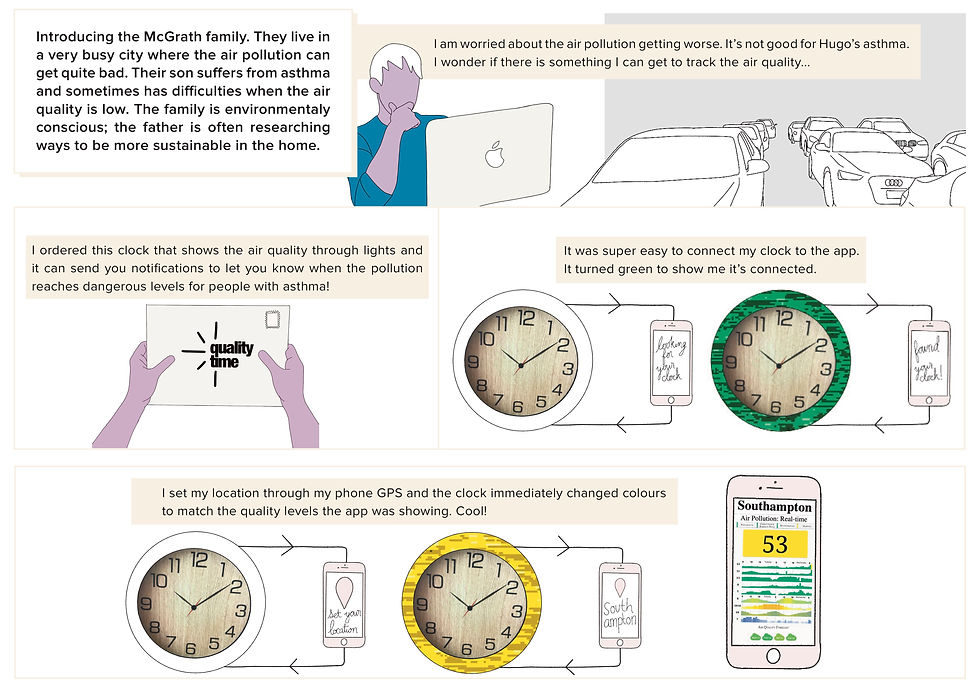014 - WEARABLE ELECTRONICS AND PHOTONICS
- tiffanybachelet
- Feb 21, 2020
- 1 min read
Updated: May 4, 2020
These are the notes from this book which talks about how electronics can be integrated into clothing.
The process of integrating textiles and technology isn’t just surface deep, it actually begins at a molecular level.
Binding the inherently conducive polymers (ICPs) indissolubly to the fabrics tribe dramatically heightens the “textiles” electroconductive properties.
This makes them capable of withstanding the hostile environment the domestic washing machine.
All electronic textiles rely heavily on fibre strength to create structures with specific architectural properties
Glass, carbon, polymer fibres are widely used :
Glass - inexpensive and versatile
Carbon - highest strength and durability
Polymer - for technical fabrics with specific properties. Can be translucent
Microfibres- can create textiles that are lighter, sorter, more elastic and durable than natural fibres.
Nanotech engineering made it possible for individual fibres to repel liquid. It alters individual fibres on a molecular level making their ability to repel liquid - an inherend part of a fibres composition. And throughout the fibres life span.
Projects and materials I find interesting :
3D textiles – produced by a Raschel machine (spacer fabric)

Using QTC’s (quantum tunneling composites), the “No Contact Jacket” by Adam Whitton and Yolita Nugent blasts an 80,000-volt electrical pulse through the jacket's material.
Luminex fabric – Italian made

Luminex is a new fabric (non reflective) that can emit its own light Interlaced. Fibre optic strands in this textile creates an almost ethereal effect when they glow and can be processed within the same methods as in textiles. This light need not only remain static as integrated electronics also facilitate light response to pre-programmed external stimuli – anything from temperature change to the beat of music


Comments